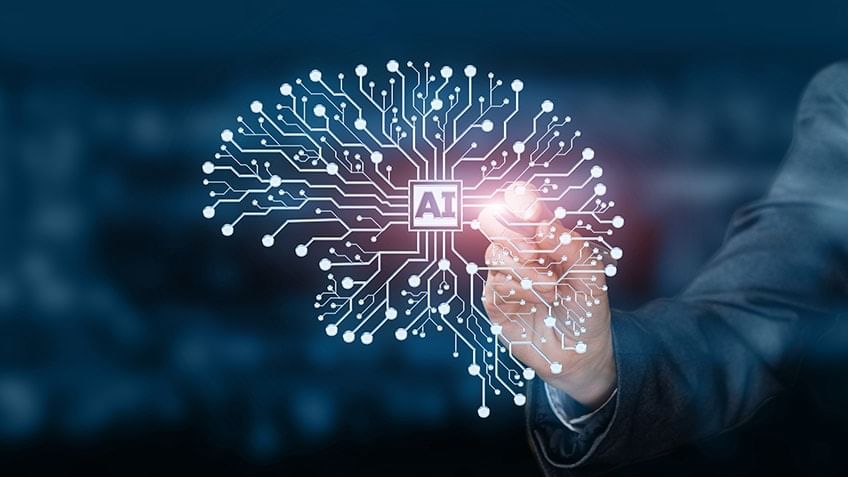Artificial intelligence (AI) has been a buzzword for years, and for good reason. It is rapidly transforming the way we live and work, and its potential applications are virtually limitless. From automating repetitive tasks to enabling self-driving cars, AI is revolutionizing industries across the board. In this article, we will delve into the world of AI and explore its history, applications, challenges, and future prospects.
History of AI
The roots of AI can be traced back to the 1950s when computer scientists began developing algorithms to simulate human intelligence. One of the earliest examples of AI was the "Logic Theorist," a program developed by Allen Newell and Herbert Simon at RAND Corporation. The program was able to prove mathematical theorems by generating chains of logical deductions.In the decades that followed, AI technology continued to evolve, with researchers developing neural networks, machine learning algorithms, and natural language processing systems. In 1997, IBM's Deep Blue computer defeated world chess champion, Garry Kasparov, marking a major milestone in AI development.
Applications of AI
The potential applications of AI are virtually limitless, and the technology is already being used in a wide range of industries. Here are just a few examples of how AI is being used today:Healthcare: AI is being used to diagnose diseases, develop personalized treatment plans, and even assist in surgery. Machine learning algorithms are being used to analyze large amounts of medical data and identify patterns that can help doctors make better decisions.
Finance: AI is being used to detect fraud, analyze market trends, and provide personalized financial advice. AI-powered chatbots are also being used to improve customer service and streamline banking operations.
Manufacturing: AI is being used to optimize production processes, reduce waste, and improve quality control. Machine learning algorithms can be used to identify defects and anomalies in products, allowing manufacturers to make improvements and prevent costly mistakes.
Transportation: AI is being used to develop self-driving cars, improve traffic flow, and optimize logistics. Self-driving cars are expected to revolutionize the transportation industry, making travel safer, more efficient, and more environmentally friendly.
Challenges of AI
While AI has tremendous potential, it also presents several challenges. Here are some of the biggest challenges facing the AI industry today:Bias: AI algorithms are only as unbiased as the data they are trained on. If the data used to train an AI system is biased, the system will likely produce biased results.
Privacy: AI systems are only as secure as the data they are trained on. If sensitive data is used to train an AI system, there is a risk that the data could be compromised.
Ethics: AI systems have the potential to be used for both good and bad purposes. As AI technology continues to evolve, it is important to consider the ethical implications and ensure that the technology is used responsibly.
Regulation: As AI technology becomes more widespread, new regulations will likely need to be developed to ensure that the technology is used safely and responsibly.
Future of AI
The future of AI is incredibly exciting, with endless possibilities for innovation and progress. Here are some of the key trends that are shaping the future of AI:Democratization: As AI technology becomes more accessible and affordable, more individuals and organizations will likely be able to leverage its power.
Human-AI Collaboration: As AI systems become more advanced, they will likely be able to work alongside humans in a wide range of industries, augmenting human capabilities and improving productivity.
Natural Language Processing: Natural language processing is rapidly advancing, with AI systems becoming more adept at understanding and generating human language. This has significant implications for industries such as customer service, healthcare, and education.
Edge Computing: Edge computing refers to the practice of processing data closer to where it is generated, rather than sending it to centralized servers. This has significant implications for AI, as it allows for faster and more efficient processing of data.
Explainable AI: As AI systems become more complex, it becomes increasingly important to be able to understand how they are making decisions. Explainable AI refers to the practice of developing AI systems that can provide clear and transparent explanations for their decisions.
AI and Creativity: While AI has traditionally been used for tasks that involve processing large amounts of data, it is increasingly being used in creative fields such as art, music, and writing. AI-generated art and music are becoming increasingly sophisticated, and AI will likely continue to play a role in creative industries in the future.
